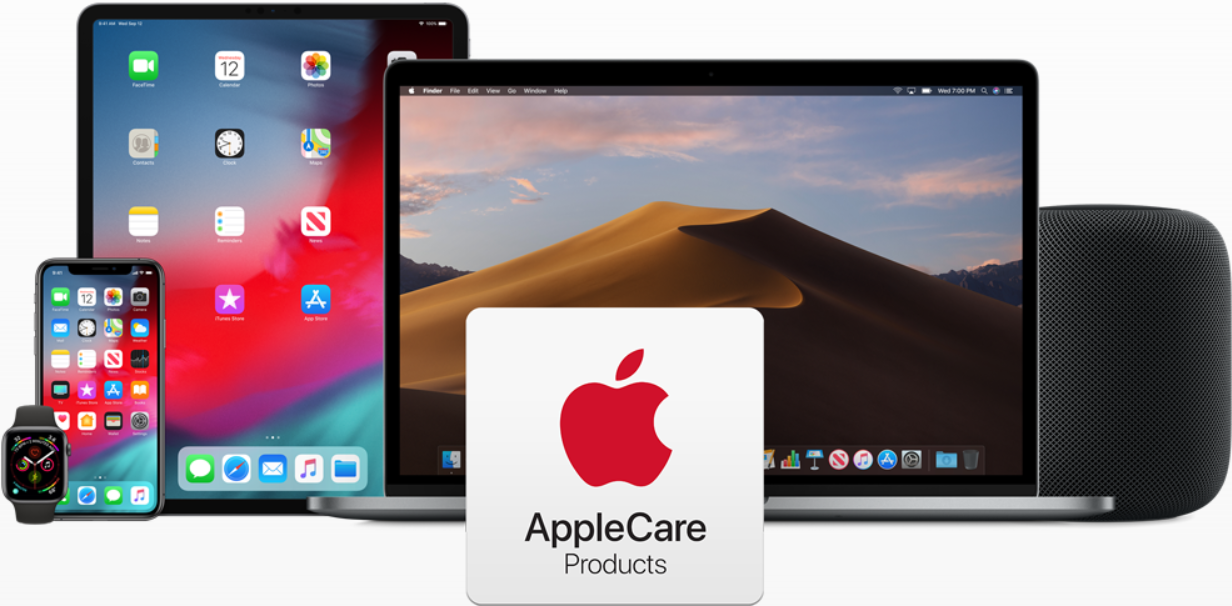How to Regularly Audit and Update Your Digital Content Library for Optimal Relevance
In today’s fast-paced digital landscape, maintaining an organized and relevant content library is crucial for businesses and creators alike. A well-managed digital content library not only enhances user experience but also boosts SEO performance and supports your brand’s authority. Similar to the professional review on All You Can Books, regular audits and updates help ensure that your content remains fresh, engaging, and relevant to your audience’s needs. Here’s a friendly and informative guide on how to effectively audit and update your digital content library.
Why Regular Audits Are Essential
- Improves Relevance: Content that was once valuable can become outdated or irrelevant. Regular audits help you identify and remove or update such content to keep your library fresh.
- Enhances User Experience: Users are more likely to engage with your content if it is current and useful. By regularly updating your library, you enhance the overall experience for your audience.
- Boosts SEO: Search engines favor fresh content. Regularly updating your library can improve your search rankings, driving more organic traffic to your site.
- Identifies Gaps: Audits help you spot content gaps where you might need to create new material to address emerging trends or topics your audience cares about.
Steps to Audit Your Digital Content Library
Before you begin the audit process, define your objectives. Are you looking to improve user engagement, boost SEO, or align your content with new business goals? Having clear objectives will guide your audit and update efforts. Here are the steps you need to consider:

Create an Inventory
Start by compiling a comprehensive inventory of your existing content. This can include blog posts, articles, videos, infographics, and social media posts. A spreadsheet can be a handy tool for organizing this data. Include key details such as:
- Title
- URL
- Publication date
- Performance metrics (views, shares, comments)
- Keywords targeted
Analyze Content Performance
Review the performance of each piece of content. Look at metrics like page views, engagement rates, social shares, and comments. This data will help you determine which content resonates with your audience and which may need to be updated or removed.
Identify Outdated or Underperforming Content
Highlight content that is outdated, irrelevant, or underperforming. Ask yourself:
- Is the information still accurate and useful?
- Does it align with current industry trends?
- Are there better or more recent sources available on the topic?
Update or Remove Content
Based on your analysis, decide whether to update, repurpose, or remove content. Here are some strategies for each approach:
- Update: Revise outdated information, improve formatting, and enhance SEO elements (like keywords, meta descriptions, and alt text for images). Consider adding new visuals or data to make the content more engaging.
- Repurpose: Transform existing content into different formats. For example, turn a popular blog post into an infographic or a video. This can extend the reach of your content while catering to different audience preferences.
- Remove: If certain content is no longer relevant or valuable, consider removing it altogether. Be sure to redirect any URLs to avoid broken links, which can negatively impact SEO.
Fill Content Gaps
As you audit your library, keep an eye out for gaps in content that need to be filled. Are there trending topics or frequently asked questions from your audience that you haven’t addressed? Create a list of potential new content ideas and prioritize them based on relevance and demand.
Establish a Regular Audit Schedule
To keep your content library fresh and relevant, establish a regular audit schedule. This could be quarterly, bi-annually, or annually, depending on the volume of content you manage. Set reminders to review performance metrics and update content as necessary.
Involve Your Team
Encourage team collaboration during the audit process. Input from different team members can provide valuable perspectives on what content resonates with your audience and how to improve it. Additionally, involving various departments (like marketing and sales) can help ensure that your content aligns with overall business goals.







